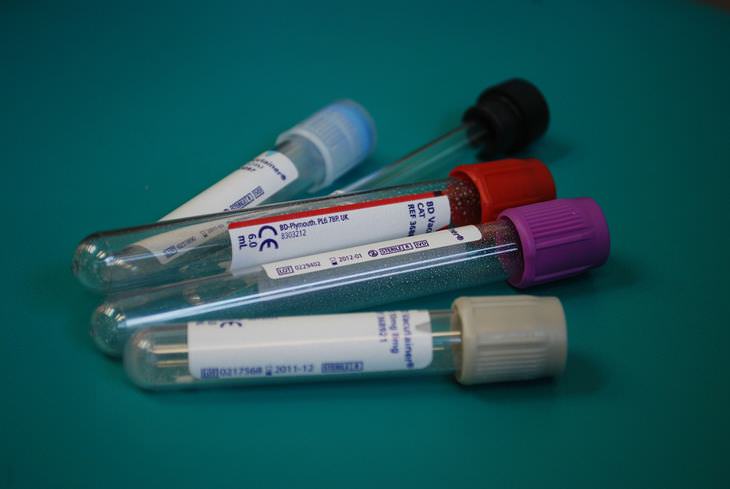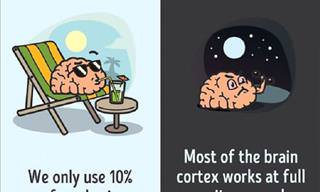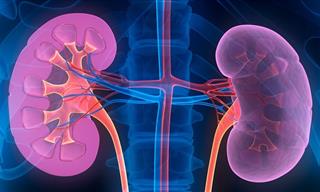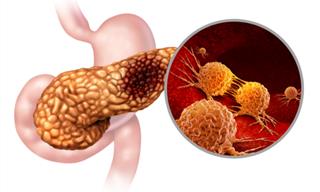Prostate cancer is not a woman's disease. But there is a chance that it will affect a man close to you at some point. In fact, it's considered to be the most common form of cancer among American men - affecting 1 in 7 during their lifetime - according to the American Cancer Society. Statistics show that 60% of cases occur in men over the age of 65 - though it does strike men at a younger age too. Here are 4 things every woman should know to protect her loved ones, be they her husband, father, or brother.
1. Most men don't have any symptoms
Advanced stage prostate cancer may cause trouble urinating - this includes a slow stream or going to the bathroom frequently - or blood in the urine, erection problems, or, in the very late stages (where it has spread to the bones), hip, back, or chest pain. But more often than not, prostate cancer shows no symptoms.
2. Screening is vital
The American Urological Association insists on regular screening for men over the age of 50. While it is recommended that at age 50 men should discuss with their primary care physician, whether they should undergo the PSA blood test, which measures levels of a chemical called prostate-specific antigen, it hasn't been shown to be 100% accurate. Although it is a simple blood test, it does have a high rate of false positives, which can lead to painful, unnecessary biopsies.
In fact, only about 25% of men with a moderately high PSA level actually have prostate cancer. And even when they do, the disease is very slow-growing. Unfortunately, though, there isn't a better way, as yet, to detect prostate cancer. So, getting checked at the age of 50 may seem like their best alternative. If, however, they have risk factors like being African-American or a family history, they may need to check as early as 40.
3. Not everyone with prostate cancer needs treatment
A Harvard study conducted in 2013 found that about 70% of prostate cancers are low risk. This means that the tumor is so small and growing so slowly it will never become life-threatening. The study found that these men are better off choosing 'active surveillance' - meaning that they postpone treatment indefinitely while their health care team closely monitors their case. In fact, it is at times advised to watch and wait, as treatment can cause significant side effects such as impotence and leaking urine.
Backing this theory up, a study published in the New England Journal of Medicine said that patients with early-stage prostate cancer who opt for the approach aren't any more likely to die from the disease compared to those who immediately go for surgery and/or radiation. If prostate cancer has been detected and a watch and wait approach has been chosen, frequent visits to the doctor to check PSA levels are required.
4. Steps can be taken to reduce the risk
According to some research, a low-fat diet, especially a diet low in animal fat, can help reduce the chances of developing prostate cancer. Cutting back on dairy may also prove to be beneficial. In another Harvard study, men who ate the most milk, cheese and yogurt each day had the highest risk. You may also want to get your men to cut back on the booze. One Canadian study found that just two drinks a day could increase a man's risk by 23%.
Discover more on prostate cancer by watching the video below:
 Go to BabaMail
Go to BabaMail



























